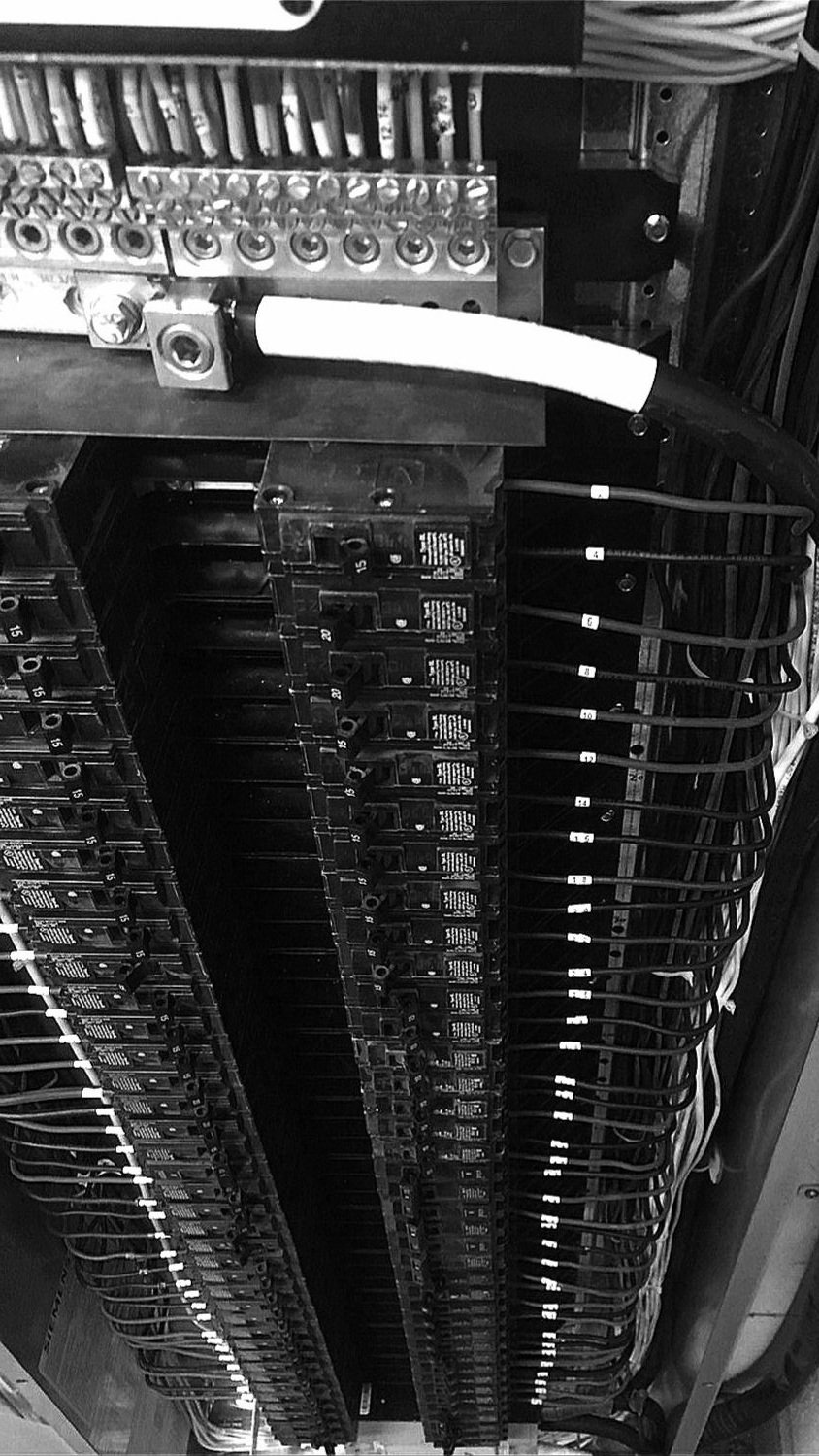
Panel Installation Services
Electrical panel installation services involve the process of installing, upgrading, or replacing electrical panels in residential, commercial, or industrial buildings. Electrical panels, also known as distribution panels or breaker boxes, serve as the central hub for electrical power distribution and safety. Here are the key components and aspects of electrical panel installation services:
Assessment and Planning: Before installation, a thorough assessment of the building's electrical needs is conducted. This includes evaluating the existing electrical system, load requirements, and the type of panel needed (e.g., main service panel, subpanel).
Panel Selection: Based on the assessment, the appropriate type and size of electrical panel are selected. Panels come in various sizes and configurations to accommodate different loads, voltage requirements, and safety features.
Permit Acquisition: In many areas, obtaining the necessary permits from local building authorities is a requirement for electrical panel installation. Electrical contractors typically handle the permitting process.
Panel Fabrication or Procurement: In cases of new construction or major upgrades, the panel may need to be fabricated or procured. This includes assembling the panel enclosure, installing circuit breakers or fuses, and wiring.
Panel Placement and Mounting: The location for the panel is determined, typically in a dedicated electrical room or enclosure. The panel is securely mounted and grounded to ensure safety.
Wiring and Circuit Installation: Wiring is connected from the panel to various electrical circuits throughout the building. This includes circuits for lighting, outlets, appliances, HVAC systems, and other electrical loads.
Labeling: Each circuit is labeled on the panel cover to identify its purpose. Proper labeling is crucial for maintenance and troubleshooting.
Circuit Identification: Circuit identification services to existing panels
Load Balancing: In commercial and industrial installations, load balancing is important to ensure that power distribution is even across circuits. This prevents overloads and ensures efficient operation.
Testing and Commissioning: Electrical panel installation services include rigorous testing to verify that the panel and circuits function correctly and safely. This includes continuity checks, load assessment, and more.
Code Compliance and Safety Checks: Electrical panels must comply with local electrical codes and Canadian Electrical Code requirements. Installation services include thorough inspections to ensure compliance.
Documentation and Record Keeping: Detailed records of the installation, including panel schematics, component lists, and test results, are provided for future reference and compliance.
Maintenance and Repairs: Over time, electrical panels may require maintenance or repairs. Installation service providers often offer ongoing support for these needs.
Electrical panel installation services are essential for ensuring the safe and reliable distribution of electrical power within a building. Properly installed panels help prevent electrical hazards, support efficient power distribution, and facilitate maintenance and troubleshooting when issues arise. It's important to hire qualified electricians or electrical contractors for these services to ensure compliance with regulations and safety standards
